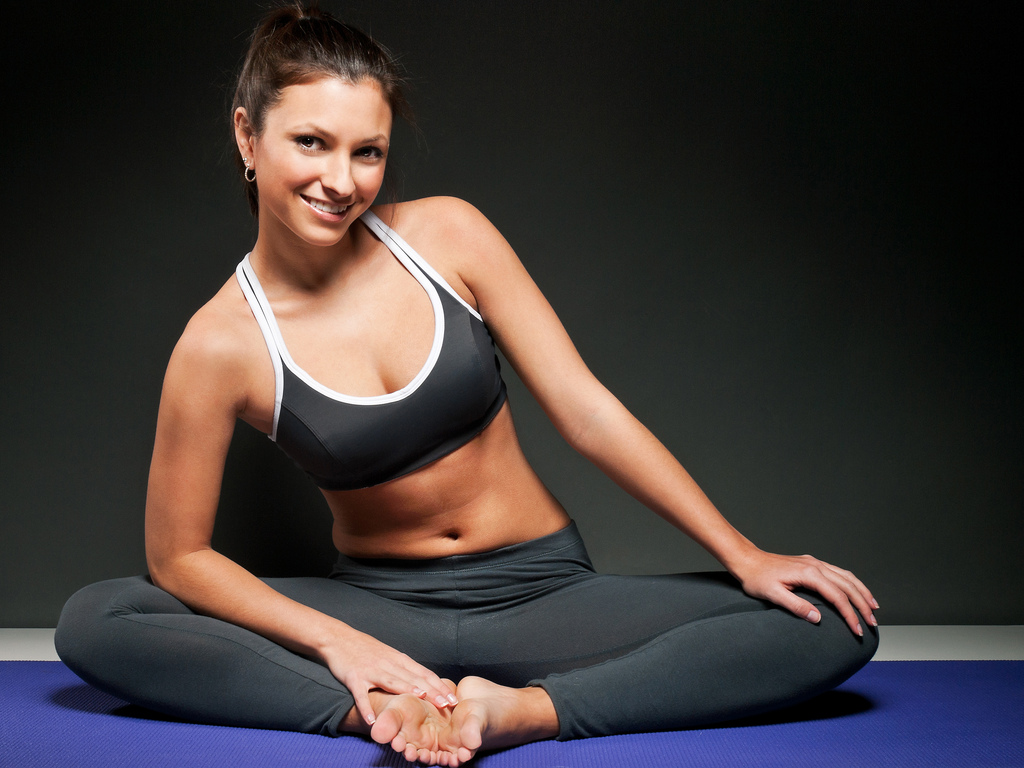A new study in Environmental Science & Technology clarified the best setting to engage in physical activity. After examining 11 studies with 833 participating adults, the author’s concluded that when compared to indoor exercise, outdoor exercise led to:

- Greater improvement in mental well-being
- Greater feelings of revitalization
- Increased energy and positive engagement, and
- Greater decreases in tension, confusion, anger and depression
Exercise helps patients with depression re-establish positive behaviors. For patients with anxiety disorders, exercise reduces their fears of fear and related bodily sensations such as a racing heart and rapid breathing. After just 25 minutes of your workout, the mood improves, you are less stressed, you have more energy — and you’ll be motivated to exercise again the next day. WF experts suggest 150 minutes of moderate exercise or 75 minutes of vigorous exercise each week to overcome depression.
After a fast-paced game of racquetball or several laps in the pool, you’ll often find that you’ve forgotten the day’s irritations and concentrated only on your body’s movements. |
Suggested Outdoor Exercises:
- Walking: In 2007, a British charity called Mind released results of a study it commissioned on the benefits of outdoor exercise. In this study, it was found that walking in a park-like setting was more beneficial for mood and self-esteem compared to walking in a shopping center. It was unclear why this was true, although it could be the fact that the participants were getting more exposure to sunlight. Lack of sunlight has been associated with mood disorders like seasonal affective disorder (SAD). (source: about.com)
- Cycling: According to excerpts from Bikeforums.net “I’ve noticed, now that I’ve taken up cycling that I’m generally a lot happier and calmer in my daily life. Especially immediately after I bike I feel happy and sometimes almost euphoric, it’s great. I know that this is a common side-effect of most physical activity because of the chemical releases triggered in your brain. But I’m wondering if there have been studies linking physical activity (and cycling specifically) with increased happiness etc… in daily life.” further added “Exercise promises long-lasting results. In just the last couple of years, there have been a couple of interesting studies showing that an aerobic exercise program–stationary cycling or treadmill–for 30 minutes 3 times a week reduced major depression as much or more than medication (Zoloft). After 16 weeks, the remission rate was 60% for both groups…”
- Outdoor Aerobics: Early morning, aerobics does wonder to the body, getting you charged up for the day. Intense activity puts those chemicals work and increase blood flow to good use. Your body in general, and your brain in particular, receive a high dose of oxygen which helps reduce tension in the body and muscles, making you feel a lot more relaxed and calm.
- Swimming: Exercise stimulates the endorphins in your body making you feel happy. Also, swimming is an activity that any body type (big or small) can do easily. Practice proper breathing while swimming in order to improve lung capacity. Begin by swimming half to full mile every day.
- Jogging: An outdoor setting is the preferred way to achieve maximum benefit. It is essential to stay focused on our surroundings. The body’s movement, in unison with your surroundings, enables the mind to become quiet and still. Jogging also can reduce chemicals in your immune system that tend to worsen depression and increase fatigue.
- Tennis: A rousing game of tennis can help relive depression. It takes time and effort and you’ll likely suffer some setbacks along the way. But over time, as you continue to exercise, you’ll start to reap the physical and mental health benefits and improve your physical performance.
- Gardening: To reap the maximum health benefits from your gardening use as little machinery as possible. Use manual clippers, trimmers and lawnmowers if possible. Try to stick to a regular garden exercise routine. Rather than saving up your outdoor work for one marathon weekend session, schedule at least 30-60 minutes of gardening two or three times per week if you can manage the time. If your away from home during the day working, early mornings (if you can get up) evenings and weekends are ideal gardening times.

Tips to Prevent Exercise Drop-out
- Create a “team”: by working out with a friend or a group of friends.
- Set Realistic Goals: One of the reasons why women tend to drop out is due to the frustration of expecting high unachievable goals from their exercise program and then failing to see results.
- Make a contract: Be specific about the type and frequency of exercise you will do each week. Additionally, spell out the reward you’ll get if you make it (a massage, a new CD) or the punishment if you don’t (cleaning out the cat box instead of having your kid do it).
- Handle the details: Whatever you need to do before you start a program- getting shoes, choosing a walking or jogging route, buying a piece of equipment, getting enrolled into the right club–do it.
- Make exercise enjoyable: This is most important. Find an activity you like — or at least don’t hate — doing, otherwise you’ll never stick to it for very long. For many of us, loving exercise isn’t ever going to happen. So instead, focus on loving your body and taking care of it.
- Keep on moving: Studies show it takes 21 days to make a habit stick. If you can hang in there for six months, chances are good you’ll become a lifelong exerciser.
- Vary your exercise schedule: Every now and then you can vary your exercise schedule either beginning with a skipping or jogging.
- Rest a complete essential: Your mind & body needs rest from the daily stress & strain of life. By incorporating a day of rest in your exercise routine, you lessen your chance of injury and give the muscles time to recover & build.
- Listen to your body: While some muscle aches or discomforts are to be expected when you push yourself during exercise, pain is not. Pain is your body’s way of telling you that something is wrong.
Depression is one of the most treatable of the mental illnesses, particularly if you get early intervention. There are a variety of medications and talk therapy techniques in existence that have great potential to ease your symptoms. A qualified mental health professional can guide you toward the right treatment program for you. Here we focus on Yoga asana to tackle depression.
Disclaimer
The Content is not intended to be a substitute for professional medical advice, diagnosis, or treatment. Always seek the advice of your physician or other qualified health provider with any questions you may have regarding a medical condition.



